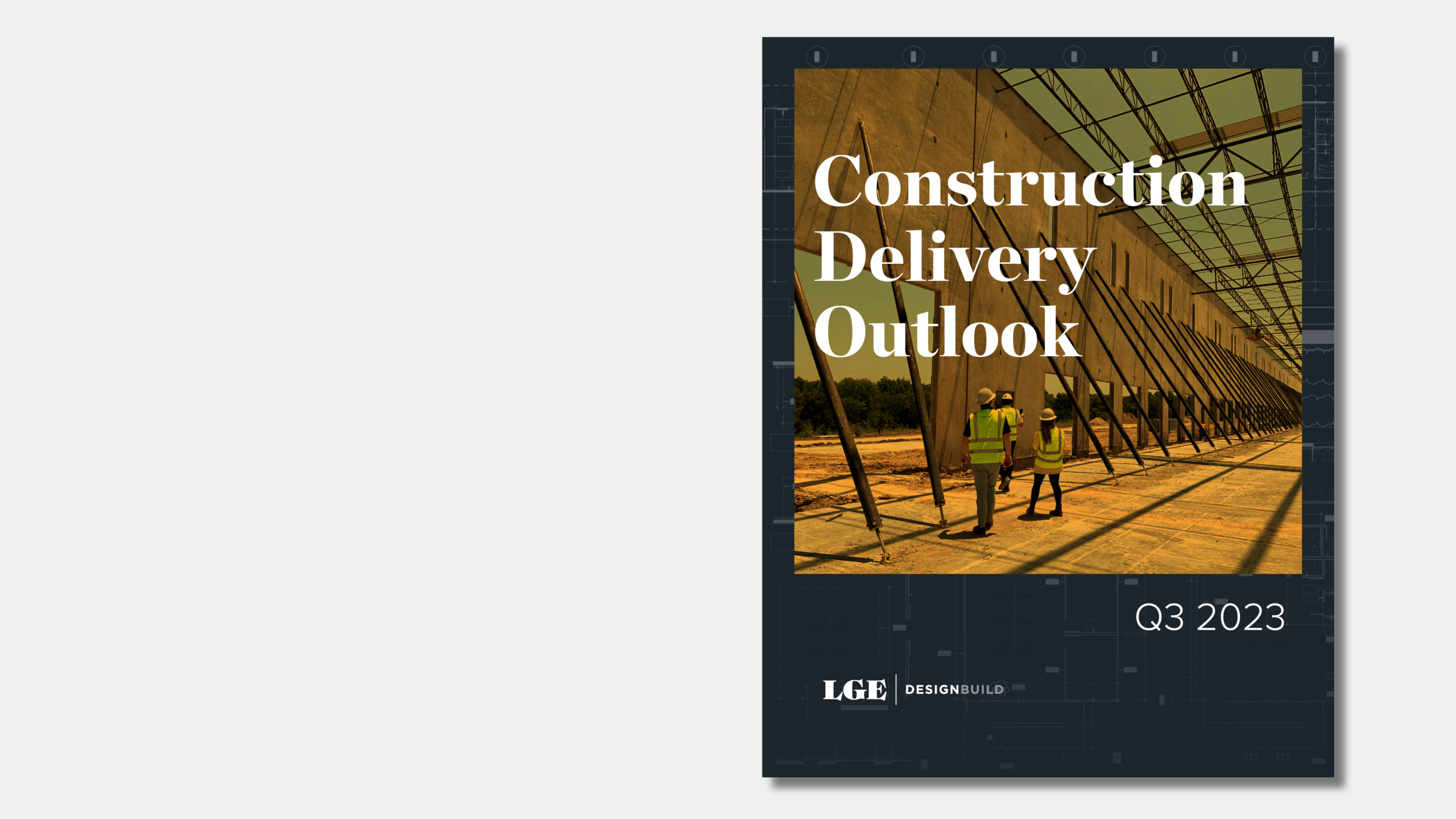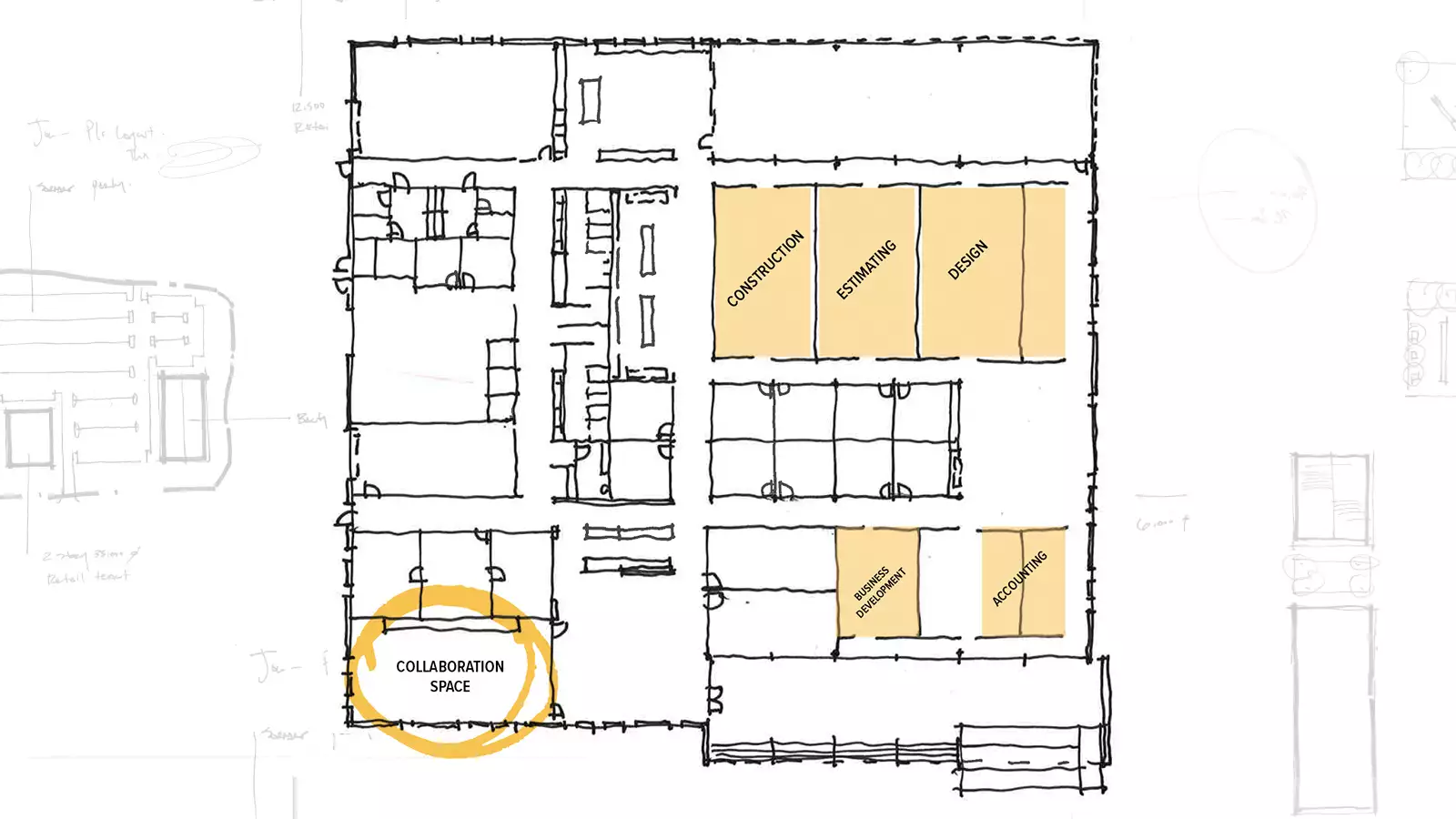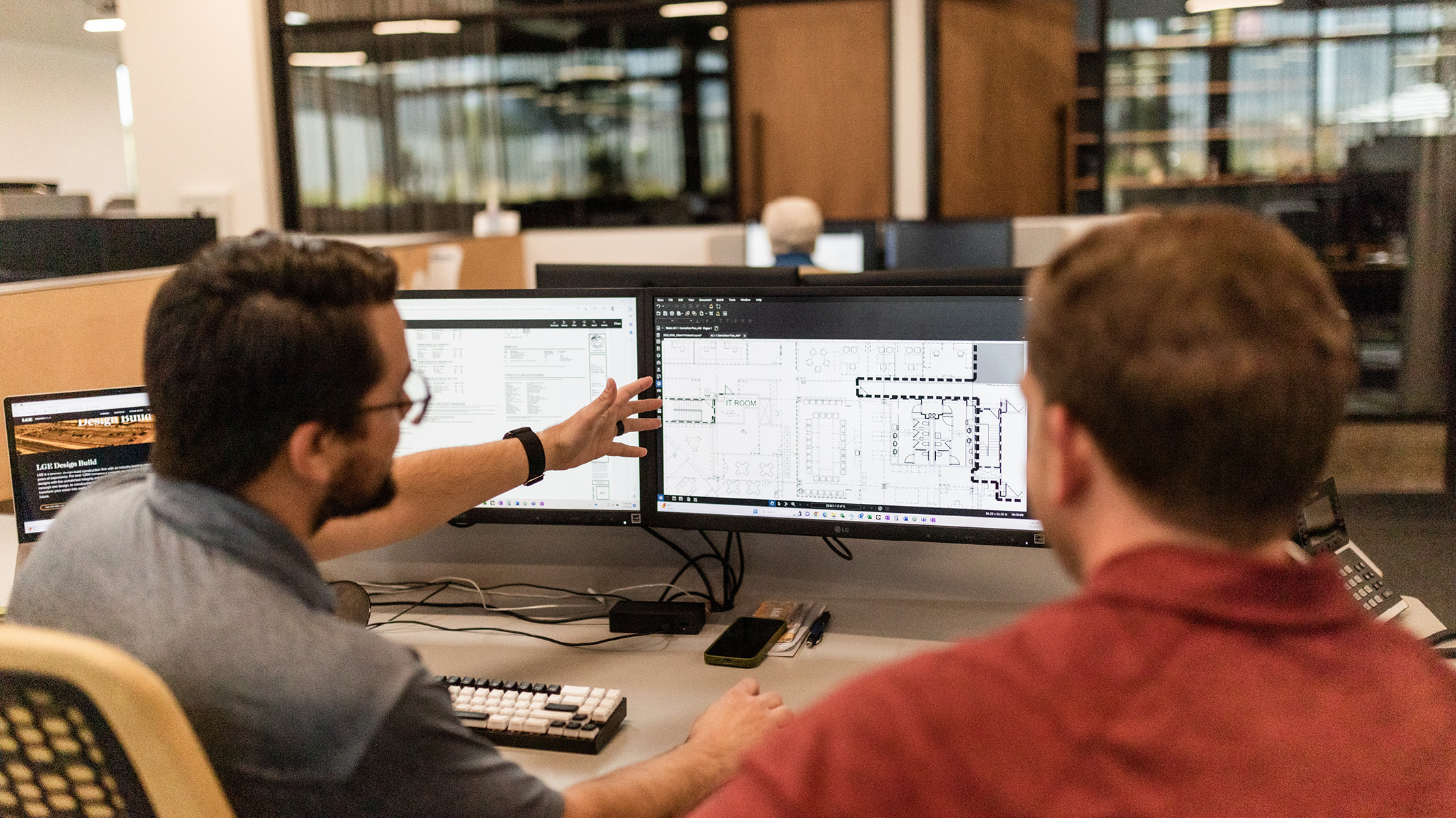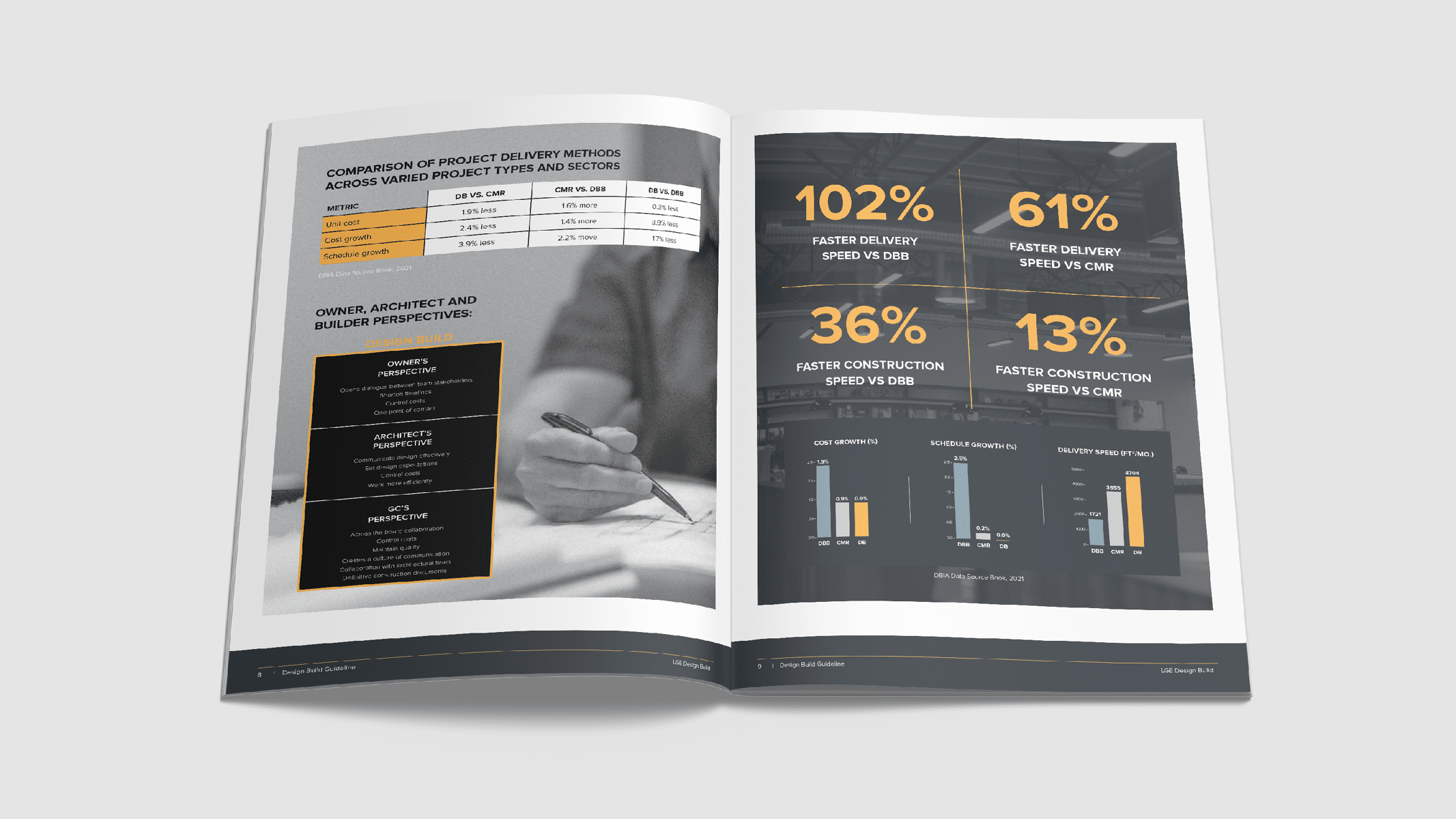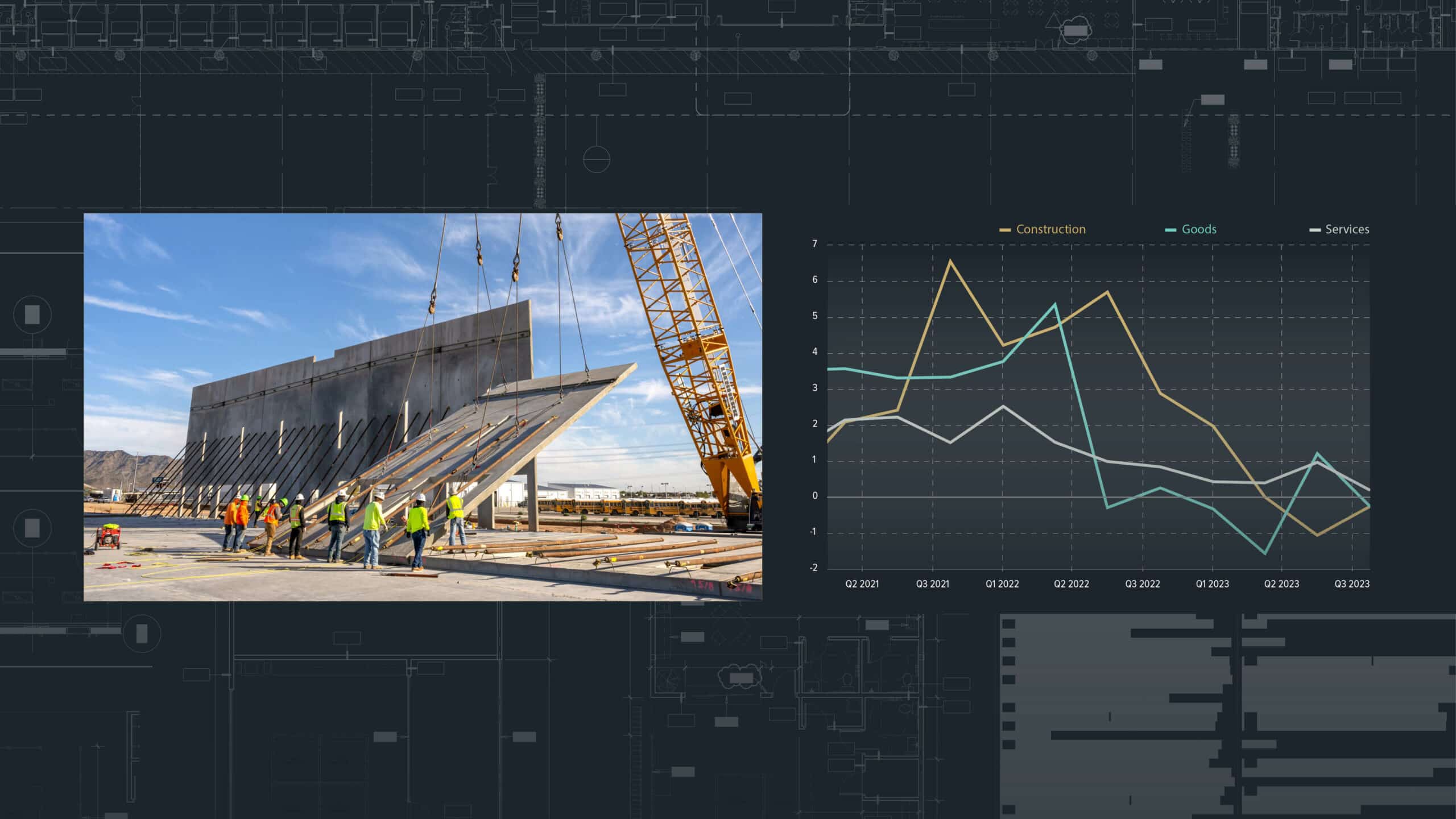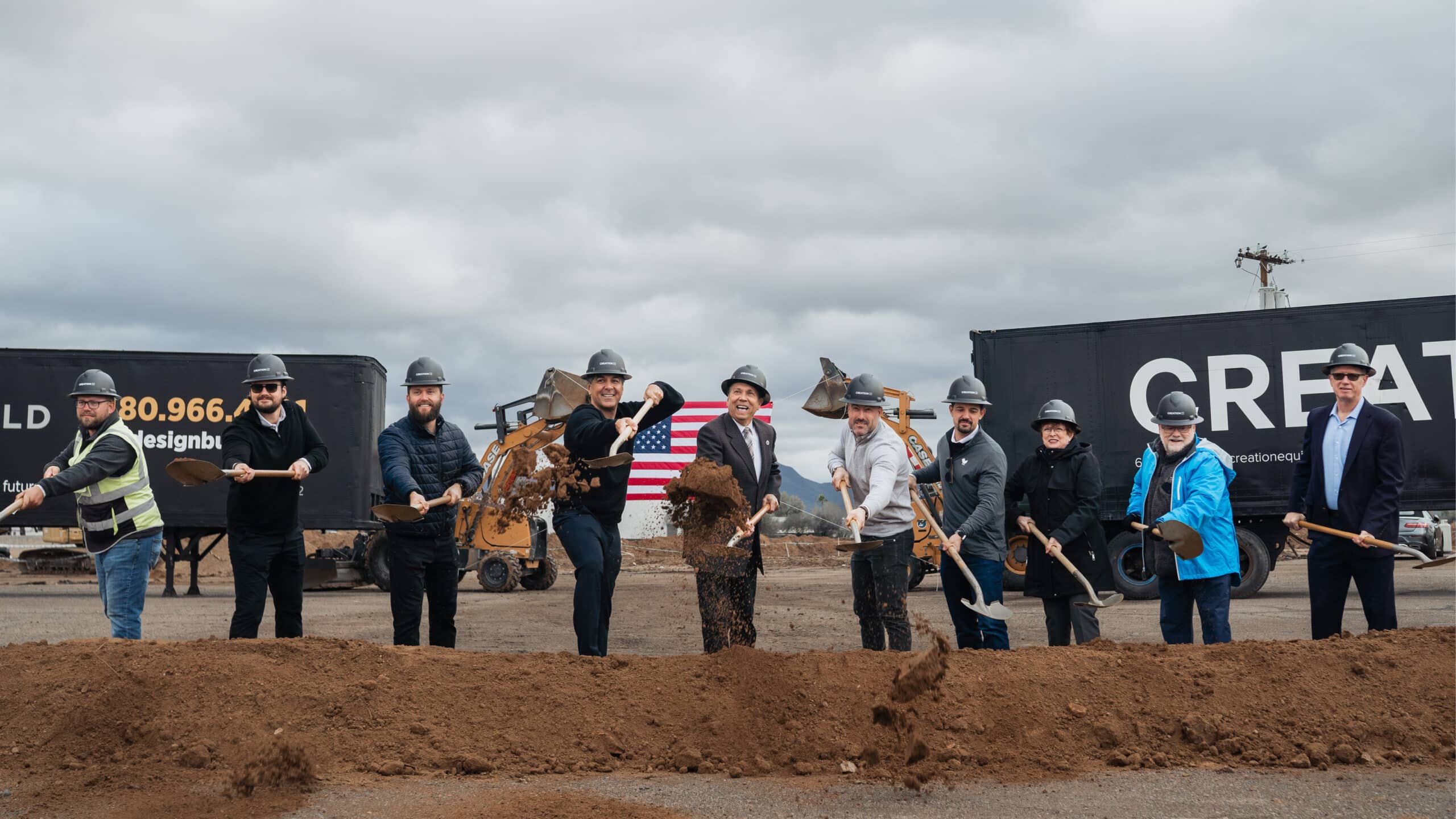
Innovations in Design-Build: A Conversation with LGE Design Build’s Texas Team
In a recent interview, LGE Design Build’s Texas team discussed their effective communication strategies in design-build projects. They highlighted the use of technology and shared examples of successful client collaborations. The team also expressed excitement about emerging technologies like 3D scanning and Matterport walkthroughs, which are shaping the future of design and construction in Dallas.
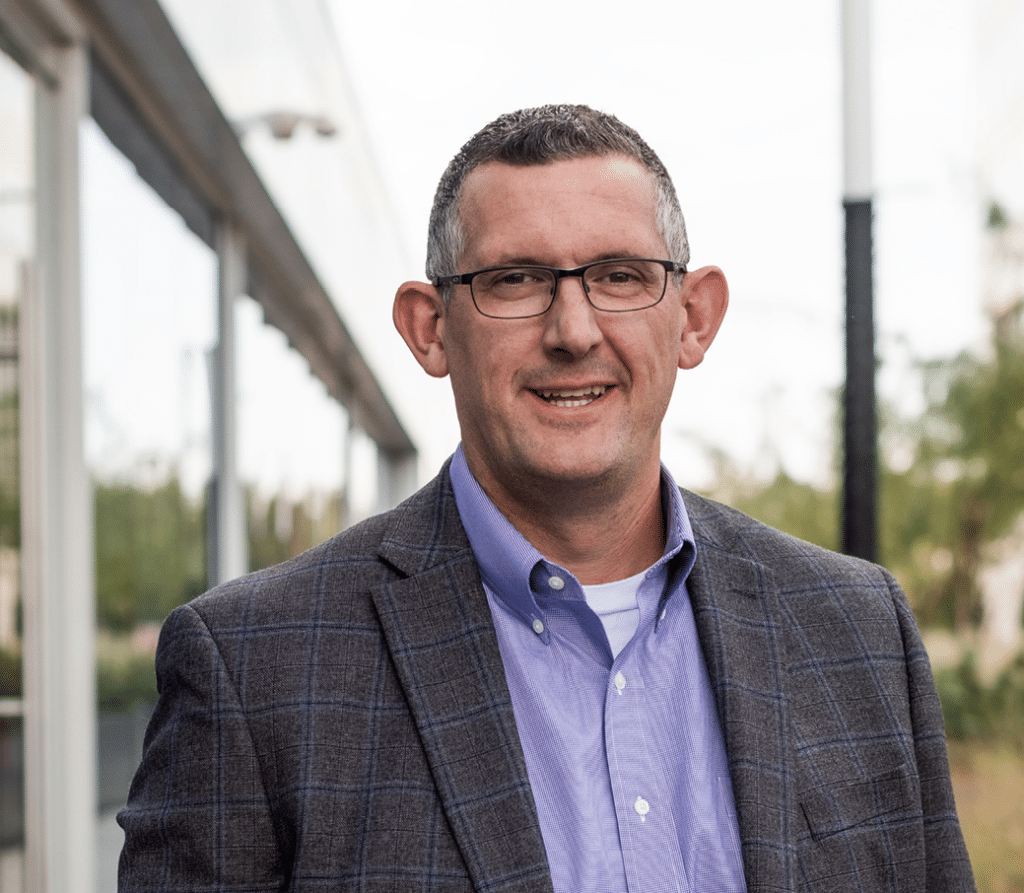

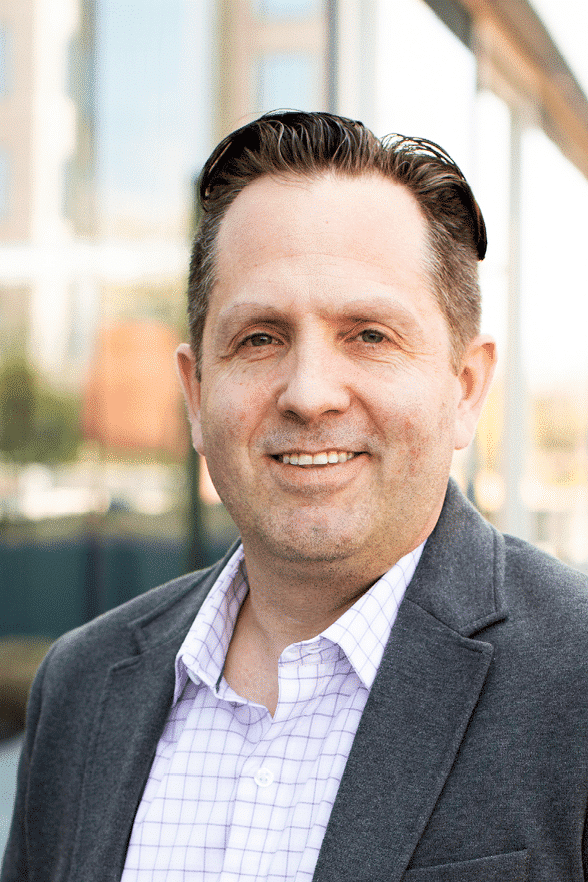

Communication is crucial in design-build projects. How do you ensure clear and effective communication with clients, construction teams, and other stakeholders throughout the project’s lifecycle?
Shelbie: Communication is the backbone of a successful design-build project. To keep everyone on the same page, we make sure to have weekly Owner-Architect-Contractor (OAC) meetings. These meetings involve not only our core team but also our trade partners. It’s a great way to discuss progress, address any concerns, and ensure everyone is aligned.
Caleb: In addition to those OAC meetings, I personally establish monthly senior management calls with the owner’s representation. This allows us to touch base at a higher level and make sure we’re meeting their expectations and goals for the project.
Kyle: In addition to our construction-focused meetings, we’ve implemented weekly design meetings with our consultants. This approach, adopted as our Texas office expanded, has proven invaluable. It enhances our product quality, fosters trust, and ensures a smooth handover to the construction team, ultimately leading to superior results.
Brandon: And when it comes to our subcontractor partners, we send them accurate schedule updates every week. This helps them plan their work accordingly and prevents any surprises down the line.
Shelbie: We also have monthly site meetings with our crew. We gather the Design, Estimating, and build team together in person on the site. This face-to-face interaction is invaluable for going over all aspects of the project, addressing any design or construction challenges, and ensuring everyone is on the same page.
Brandon: These strategies help us maintain clear and effective communication with our clients, construction teams, and other stakeholders throughout the entire lifecycle of the project.

Technology plays a significant role in modern architecture. Could you share insights into the digital tools and technologies you and your team utilize for design, visualization, and project management?
Caleb: In the design stage, we rely heavily on software like Revit and SketchUp. These tools are fantastic for creating 3D logistical plans and breaking down complex or tight spaces. They allow us to visualize potential issues early on, which is crucial for efficient planning and problem-solving.
Brandon: Procore is an essential tool for us once we’re in the construction phase. It centralizes a lot of our project management activities, like managing commitments, handling drawings, RFIs (Requests for Information), submittals, and even monthly invoicing. It streamlines our workflow and keeps everything organized.
Kyle: We utilize REVIT for BIM modeling, along with Bluebeam, Lumion, and recently Rhino on the design side. These tools allow us to create stunning renderings and enhance collaboration among disciplines in our contract documents. And as Brandon mentioned, on the construction administration side, PROCORE is indispensable, even though it sometimes surprises us with frequent updates!
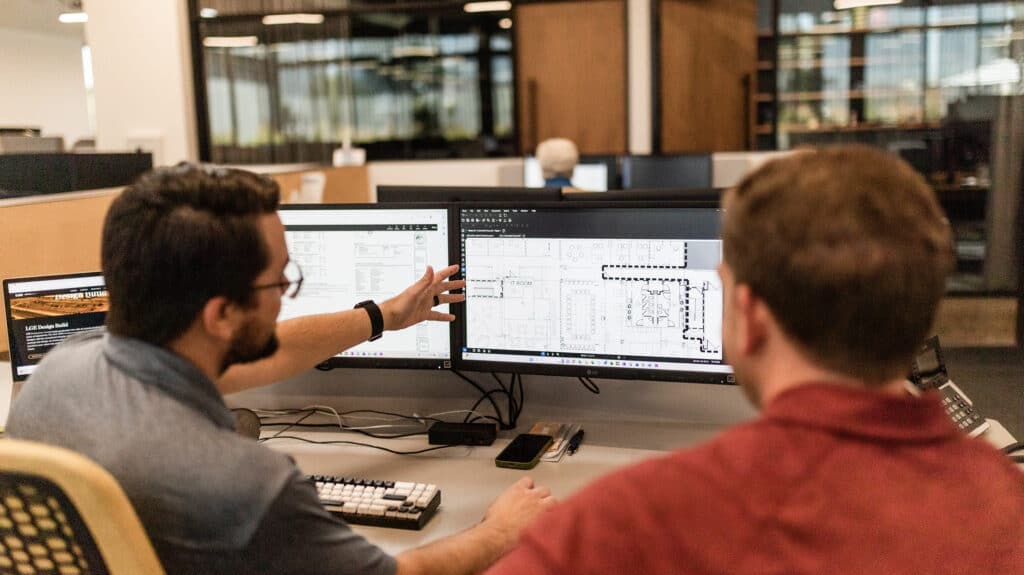
Client satisfaction is paramount. Can you provide an example of a project where you worked closely with a client to understand their vision and needs, and how you translated that into a successful design?
Kyle: Fort West was an eye-opener for me. I joined the team after the initial pricing phase and, coming from a background in educational and healthcare projects, it was my first foray into the industrial side. Working closely with the client during early entitlement processes and as we refined the building plans, I learned that our industrial projects are quite prescriptive. It’s not just about going big; there are specific parameters we must meet to ensure we deliver a good-looking building that meets the client’s ROI and leasing requirements.
Brandon: Backyard Fort Worth jumps out to me. The existing structure had been modified multiple times before we began, and creating a new space that had the desired kitchen/restroom layout was a challenge.
Caleb: So, what we did was work closely with the client to assess their requirements and the limitations of the existing space. We knew that we needed more square footage to achieve their vision.
Brandon: To make it happen, we came up with the idea of connecting two of the existing structures. This not only provided the necessary additional square footage but also allowed us to create a seamless and functional layout for the kitchen and restroom.
Kyle: Indeed, it’s inspiring to see how innovative problem-solving and client-focused approaches, like the ones we used on Fort West, are making a difference in our projects.
Shelbie: In the end, both projects were a success because we not only met the client’s needs but exceeded their expectations. It’s a prime example of how close collaboration, innovative solutions, and effective communication can lead to a design that truly satisfies the client’s vision and requirements.
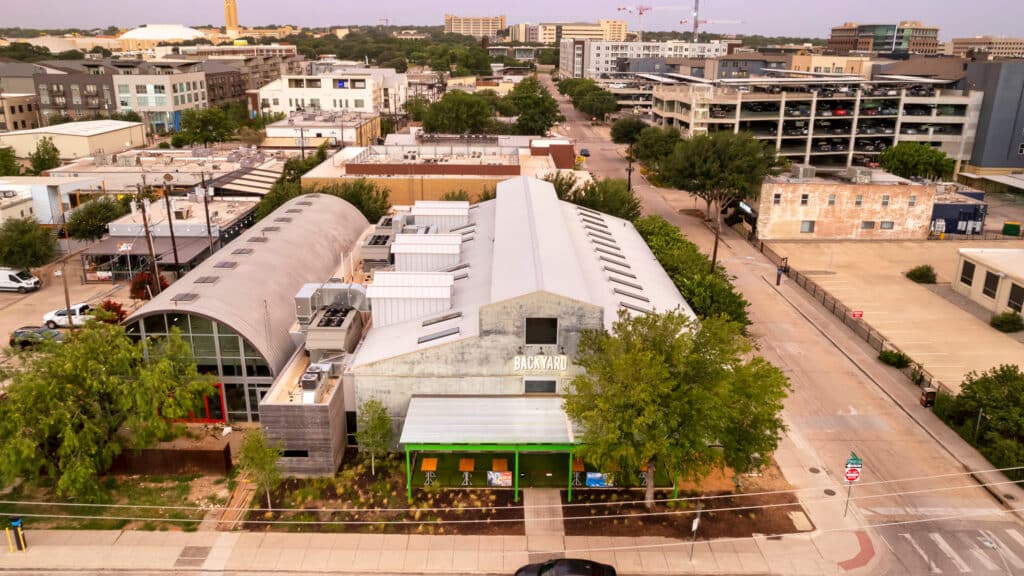

As technology continues to advance, what emerging architectural or construction tools or techniques are you most excited about, and how do you see them influencing the future of design and construction in the Dallas area?
Brandon: One thing that excites me is the use of 3D scanning to create digital as-builts. This not only improves accuracy but also provides a more manageable solution for clients and end-users. As buildings transition to 2nd and 3rd generation users, this technology will benefit architects, tenants, general contractors, and ownership immensely.
Caleb: Absolutely, Matterport 3D walkthroughs are a game-changer. They allow users to virtually explore the building and access data sheets for various items, which is a significant improvement for operations and maintenance.
Additionally, 4D scheduling using REVIT models and Oracle P6 to create timelapse videos based on project schedules is another exciting development. This not only helps clients visualize how the project will be built and billed but also provides a visual quality control for the construction sequence.
Brandon: And let’s not forget about robot layout technology. Being able to efficiently “print” wall layouts and finish types/schedules using total station systems is a tremendous time-saver and reduces confusion for subcontractors. It’s clear that these emerging tools and techniques are revolutionizing the design and construction process, making it more efficient, transparent, and user-friendly for all stakeholders in the Dallas area.
Kyle: As mentioned earlier, our design team has embraced RHINO. While I’m not using it daily, I can attest that it’s streamlining our process, taking us from early design to construction documents more efficiently. Once we’re in the construction phase, it’s all about REVIT. However, our greatest asset remains the expertise of our team. In architecture, continual learning is crucial, and I have full confidence in our team’s capabilities. I’d proudly match them against any other in the market.
Shelbie: By incorporating these technologies into our projects with our team, we aim to deliver the highest quality results while ensuring that our clients have a clear understanding of the design and construction process every step of the way. It’s all part of our commitment to providing top-notch service and cutting-edge solutions here at LGE Design Build.
